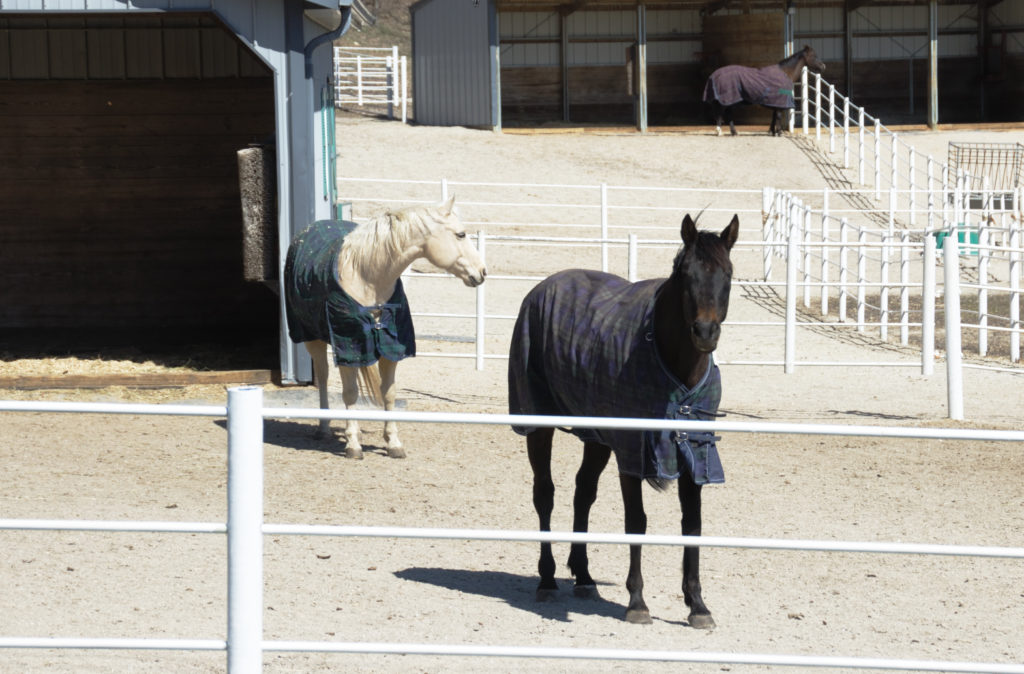
What Does Vitamin Deficiency in Horses Look Like?
Your horse might not be getting enough vitamin E and not show any obvious signs. Or, he could have severe disease. Dr. Carrie Finno explains.

Your horse might not be getting enough vitamin E and not show any obvious signs. Or, he could have severe disease. Dr. Carrie Finno explains.

Researchers found that owners of horses with severe asthma struggle to implement recommendations for a dust-free equine environment.
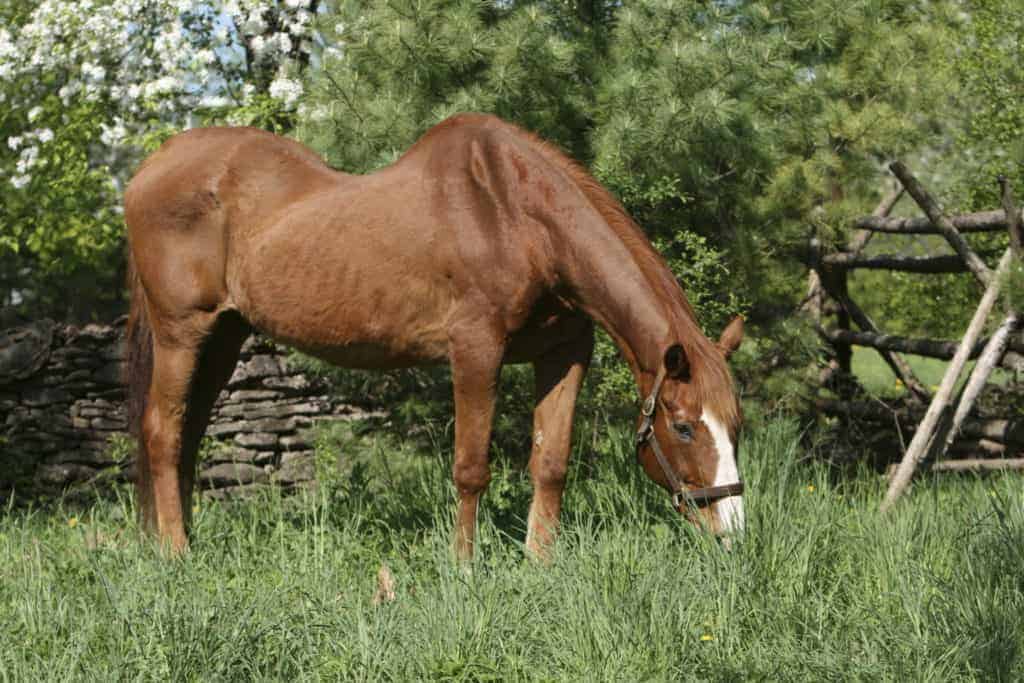
As horses get older, they face common age-related conditions and diseases that require management and care. Learn more about those conditions and diseases in this slideshow.
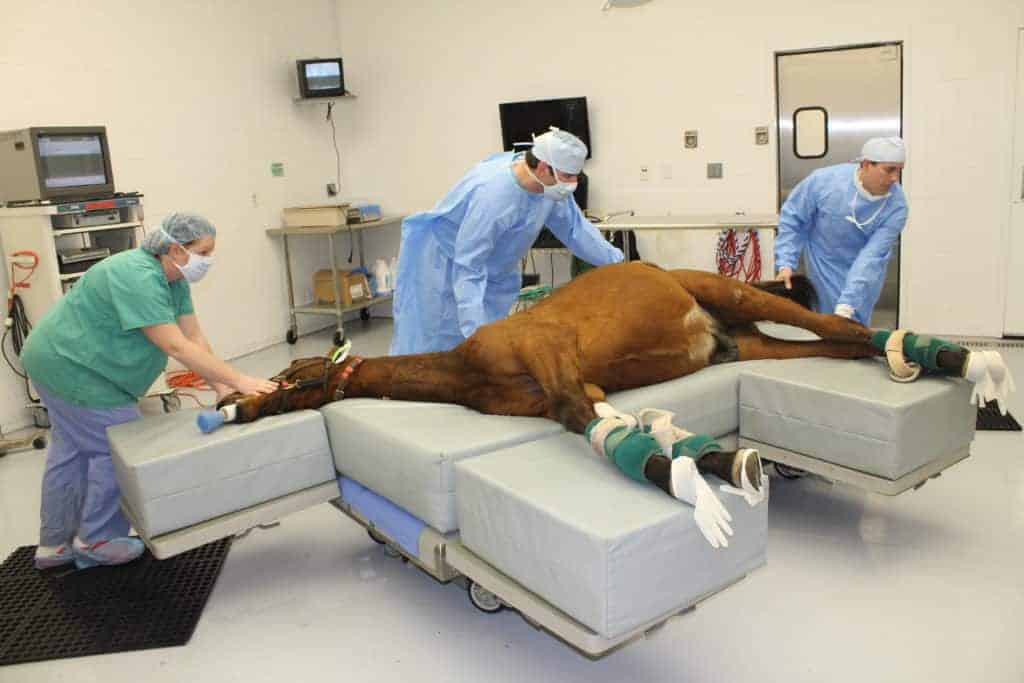
Horses undergoing general anesthesia die about a thousand times more often than humans do, at a rate of around 1 to 1.5 deaths per 100 anesthetized horses. Here’s a look at why.

A bossy gelding has ballooned during the summer months, and his owner seeks advice for a safe and effective diet.

Here’s what you need to know about how to make a change in your horse’s hay or forage safely and effectively.

With people staying home during the COVID-19 pandemic, more horse owners seem to be seeking nutrition advice online.
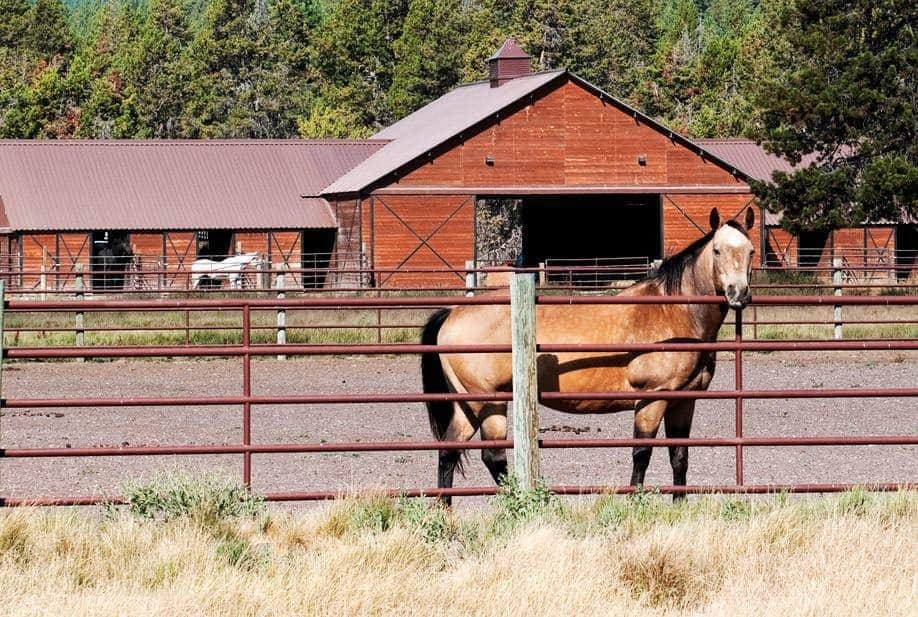
Recent research has given us more insight into how to manage horses affected by or vulnerable to laminitis. If your horse falls into the at-risk category, consider these diet changes.

Learn about the clinical signs, diagnosis, and management of pituitary pars intermedia dysfunction (PPID) in this visual guide.

A listener asks how to make pastures safe for insulin resistant horses. Equine forage researcher Krishona Martinson, PhD, MS, responds and shares the risks associated with allowing IR horses to graze.

Considering a switch? A nutritionist weighs the benefits and drawbacks of feeding horses pelleted hay.

Grooming gives you visual and tactile information about your horse’s health.

A veterinarian dispels 4 common rumors that often sway an owner’s decision to pursue surgery for a colicking horse.

A reader’s senior Thoroughbred lost weight during the winter. Our equine nutritionist suggests simple ways to increase his body condition.
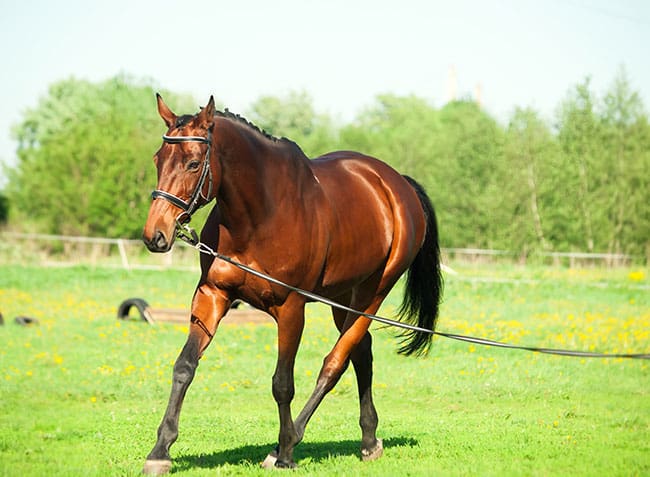
Is frequent circular exercise linked to osteoarthritis?

Penn Vet researchers found older horses with small intestinal lesions that survive colic surgery are just as likely as younger horses to develop postoperative reflux or to survive to hospital discharge.
Stay on top of the most recent Horse Health news with
"*" indicates required fields